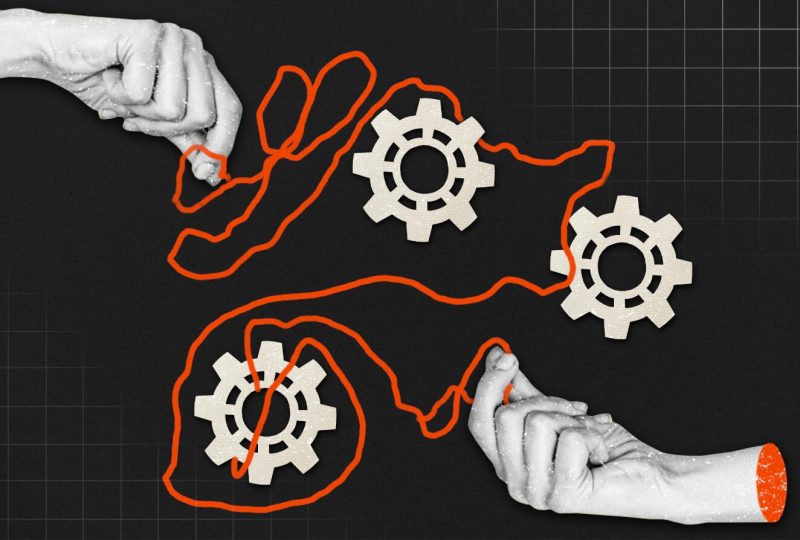Intel’s $20 Billion Ohio Plant Won’t End The Chip Shortage Overnight
Jan 23, 2022

Intel (INTC) announced Friday plans to invest $20 billion in Ohio to create a chips manufacturing facility. The expansion will begin with two additional plants but, according to the chip giant, may eventually comprise up to eight – making it one of the world's largest semiconductor production locations.
This is the latest move to wean ourselves off of scant foreign chips. That is, we are erecting plants and making significant expenditures across the United States. Indeed, Intel began construction on two new operations in Arizona in September, while Samsung and Texas Instruments (TXN) are planning Texas expansions. Meanwhile, GlobalFoundries (GFS) is also preparing to open a new factory in New York.
Thus, does this suggest that the chip catastrophe that everyone has been raving about has passed us by? Not quite. The dilemma began when manufacturers reduced their chip orders at the outset of the epidemic, only for demand for automobiles to rise. Meanwhile, chipmakers have shifted their focus to the booming need for home gadgets. The combination of automakers vying for chips and tech businesses snatching them, along with COVID shutdowns, resulted in the sector imploding and massive delays in chip production.
And, although investments in new factories benefit the United States and its worldwide competitiveness in the semiconductor sector, they also strengthen the nation's security, but it is impossible to make huge amounts of chips within that short period of time .
That means the shortfall, which affects everything from automobiles to video gaming consoles, will continue to linger.
It takes years to build factories, and months to produce chips
Semiconductors are exceedingly sophisticated goods, necessitating the construction of plants on seismically stable ground to avoid production disruptions. And those plants are years in the making. Intel will begin construction on two new manufacturing facilities this year, but they will not be completed until 2025.
In other words, these new plants will not begin producing chips anytime soon. Even if they could swiftly deploy them, the chips would take months to make. Processors require high-performance machines that deposit a variety of materials onto silicon wafers before slicing them into individual chips.
According to the Semiconductor Industry Association, lead times of up to 26 weeks, or about six months, are the "industry standard" for manufacturing a completed chip.
And after the chips are manufactured, they must be sent and placed in the things you wish to purchase, whether they are household appliances such as washers and dryers or computer monitors. Therefore, allow some more time for it as well.
President Joe Biden cited the ongoing chip dilemma as one of the primary drivers of inflation during Friday's White House news event announcing Intel's contribution.
"Everything from cars to dishwashers is being delayed in reaching showrooms and customers while at a time when demand is increasing," he explained. "Because supplies are scarce, we find ourselves much behind the curve. Prices are increasing."
Automobiles, in particular, have been impacted by scarcity. Automobile manufacturers ranging from Ford (F) to Toyota (TM) and General Motors (GM) have been forced to idle operations in the absence of additional chips. And the need for chips in automobiles will only grow in the coming years as new driver aid systems are installed. By 2030, Intel CEO Pat Gelsinger told Biden, semiconductors will account for 20% of vehicle costs.
Regarding technology-dependent consumer items such as video game consoles, graphics cards, laptops, and smartphones, don't anticipate a chip shortage to be resolved very soon.
Consoles remain elusive. A few months ago, I attempted to assist two friends in acquiring a PlayStation 5: I have yet to succeed. What about graphics cards? Pfft. They continue to sell for hundreds of dollars more than the manufacturer's suggested retail price.
Rather than addressing the chip shortfall immediately, the new plants will assure that the United States has its own supply of chips, eliminating the need for businesses to rely on foreign corporations or supply chains.
However, the chip shortfall will certainly persist for a few more months. Until then, automobiles, video game consoles, and graphics cards will continue to be more expensive or scarce.




